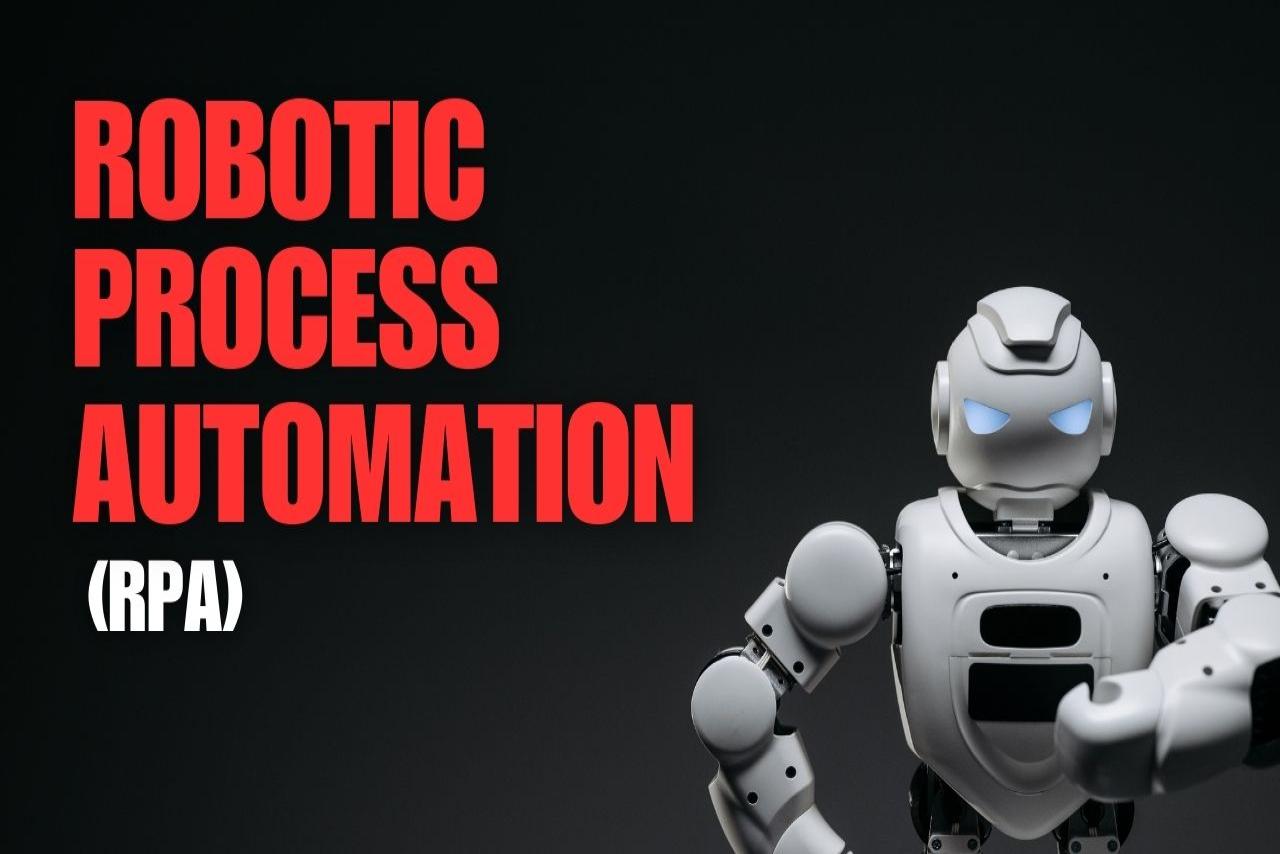In the dynamic landscape of technology, Robotic Process Automation (RPA) stands out as a catalyst for revolutionary change. This blog aims to provide a thorough examination of RPA, shedding light on its applications, advantages, hurdles, and its profound influence across diverse industries.
Understanding Robotic Process Automation:
At its essence, RPA leverages software robots or "bots" to automate rule-based tasks, replicating human interactions within digital systems. These bots are designed to optimize workflows, enhance accuracy, and significantly reduce the time required to execute repetitive tasks.
Benefits of RPA:
RPA's primary advantage lies in its capacity to elevate operational efficiency. By automating routine tasks, organizations can allocate human resources to more strategic and creative pursuits, fostering a culture of innovation. Additionally, RPA ensures consistency and accuracy in data processing, minimizing the risk of human error.
Real-World Applications:
The versatility of RPA extends across a myriad of industries, from finance and healthcare to manufacturing and customer service. In finance, RPA streamlines data entry, reconciliation, and compliance processes. In healthcare, it expedites claims processing and enhances the management of patient data.
Challenges in Implementation:
While the benefits of RPA are apparent, successful implementation requires overcoming specific challenges. Issues such as seamless integration with existing systems, employee resistance to change, and meticulous planning are critical considerations. Addressing these challenges is imperative to unlocking the full potential of RPA.
The Human Touch:
Contrary to misconceptions, RPA does not seek to replace human jobs; rather, it augments human capabilities. By handling routine and mundane tasks, RPA allows employees to redirect their focus towards tasks demanding creativity, critical thinking, and emotional intelligence. This collaborative synergy between humans and robots enriches the work environment.
Future Trends in RPA:
As technology evolves, so does RPA. Future trends include the integration of artificial intelligence (AI) and machine learning (ML), enabling bots to adapt and learn from experiences. This evolution is poised to enhance RPA's capabilities, solidifying its role as an indispensable tool for businesses.
Case Studies:
Real-world case studies spotlight successful RPA implementations across diverse industries. These examples underscore the positive impact on efficiency, cost savings, and overall business performance, providing valuable insights for organizations contemplating RPA adoption.
Frequently Asked Questions (FAQ)
Q: Can RPA be integrated with existing systems?*
A: Yes, RPA is designed for seamless integration with existing systems, ensuring compatibility and efficiency.
Q: Does RPA replace human jobs?*
A: No, RPA is designed to complement human roles, freeing up time for more meaningful and strategic tasks.
Q: What industries benefit the most from RPA?*
A: RPA has demonstrated significant benefits in various industries, including finance, healthcare, manufacturing, and customer service.
Q: How can organizations overcome resistance to RPA implementation?*
A: Addressing resistance involves effective communication, thorough training, and involving employees in the transition process.
Q: What is the future of RPA?*
A: The future of RPA involves the integration of artificial intelligence and machine learning, propelling bots to adapt and learn from experiences, thereby enhancing their capabilities.
Conclusion:
In conclusion, Robotic Process Automation is not merely a technological advancement but a transformative force reshaping the business landscape. Embracing RPA empowers organizations to achieve operational excellence, drive innovation, and stay ahead in a competitive market. As we navigate the future, the collaboration between humans and robots through RPA is set to redefine the way we work, unlocking new dimensions of efficiency and productivity.




